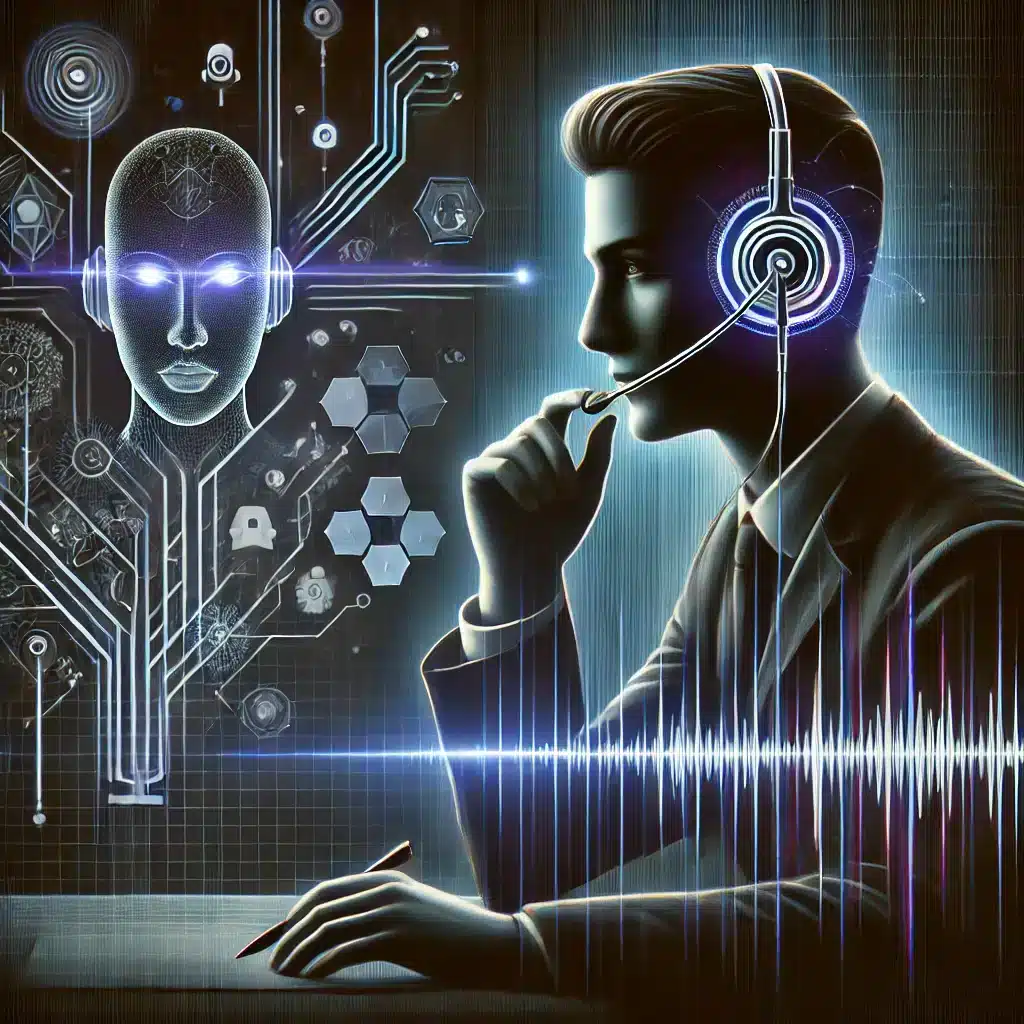The Growing Debate: AI Job Displacement
The rapid advance of AI technology has stirred a lively debate about its impact on employment. Many fear that automation will replace human jobs, leading to widespread unemployment. However, this viewpoint doesn’t capture the entire picture. AI’s influence on the workforce is multifaceted and warrants closer examination.
Understanding AI Job Displacement
AI job displacement refers to the phenomenon where automation and technology lead to the reduction or elimination of certain jobs. While there’s no denying that some roles face replacement risks, it’s crucial to understand the broader context.
Similarly, as SteerAI’s efforts to make industrial vehicles autonomous illustrate, technology can also create new opportunities. By converting standard vehicles into autonomous units, companies like SteerAI are generating demand for new skills, such as AI programming and fleet management.
The Employment Paradox: Opportunity Vs. Displacement
Moreover, emerging technologies, like AI, often result in job transformation rather than elimination. While some roles become obsolete, new ones emerge to fill the gaps. For instance, as routine tasks are automated, employees can focus on more complex and value-driven projects.
On the other hand, sectors like manufacturing and logistics may experience greater effects. Automation could replace repetitive tasks, thereby reducing demand for certain jobs. Nevertheless, the need for skilled workers to manage and maintain AI systems will remain high.
AI: A Catalyst for Economic Growth
Furthermore, AI offers significant potential to boost economic growth. By enhancing productivity and efficiency, businesses can deliver better products and services. For instance, autonomous industrial vehicles, as developed by SteerAI, promise to streamline logistics and operations significantly.
Accordingly, organizations must adopt proactive measures to manage AI integration in the workplace. Investing in continuous learning and reskilling programs can help workers transition to new roles, ensuring a resilient workforce.
Embracing AI’s Future Potential
AI is here to stay, and businesses must adapt to this reality. While job displacement remains a concern, the benefits of AI integration can outweigh the challenges if managed wisely. By embracing AI with strategic planning, companies can harness its potential to drive progress.
In summary, the impact of AI on employment is complex and multifaceted. While some jobs may face displacement, AI will also create new opportunities and foster economic growth. It is essential for employers, employees, and policymakers to recognize these dynamics and prepare for the future of work effectively.



